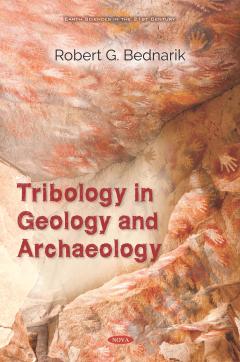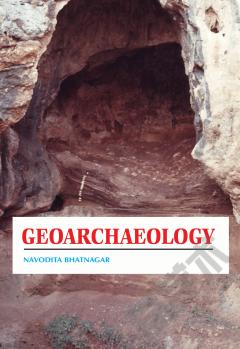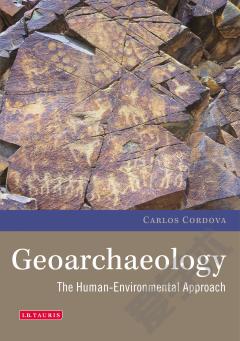Tribology in Geology and Archaeology
Tribology, the science of interacting surfaces in relative motion, has traditionally focused on technological applications, although some attention has been given to geotribology and tribochemistry. This volume explores the geological applications of tribology in some detail, before introducing the entirely new subdisciplines of archaeotribology and the tribology of rock art. The various geological, archaeological, and rock art applications are then correlated through the detailed description of a tribological phenomenon of the natural world that was only discovered most recently, kinetic energy metamorphosis (KEM). This newly described phenomenon was first observed as a by-product of rock art production, but it was subsequently recognized as a widespread physical process whose effects are much more common in both geology and archaeology. Not only does this book illuminate the holistic and thus inter-disciplinary character of natural processes, it also presents the need to view tribology as a science connected to many other fields. Therefore, this volume advocates an extended scope for a science traditionally focused on aspects of friction, wear, and lubrication of machines. This enhances the importance of tribology, while at the same time enriching disciplines that have never even been considered to have potential connections with tribology. The book therefore succeeds in demonstrating that, ultimately, all disciplines are interconnected in the magnificent web of science, in which all fields of scientific enquiry must play a role. This book thus presents a strong statement on the need for integrative understanding, but at the same time it demands high standards of epistemology. The introductory chapter presents a rigorous definition of science, and of the inherent characteristics of scientific propositions. It is followed by a chapter about geotribology, detailing the many applications of tribology in the vast field of geology. This includes reviews of fluvial, aeolian, glacial, and tectonic processes, each of which deals with interacting surfaces in relative motion. In the next section, the numerous applications of tribology in archaeology are examined in some detail. The chapter on the tribological nature of all rock art presents an innovative review of a topic never before defined as tribological. The “climax” of the book, however, is in the concluding chapter, which expounds and analyzes the newly discovered process of KEM. First detected in a specific kind of rock art, it was upon investigation identified as a major contributor to several hitherto unexplained phenomena in geology. In this way, the volume demonstrates strikingly how all of science, in the end, forms a single interconnected system.
{{comment.content}}








 京公网安备 11010802027623号
京公网安备 11010802027623号